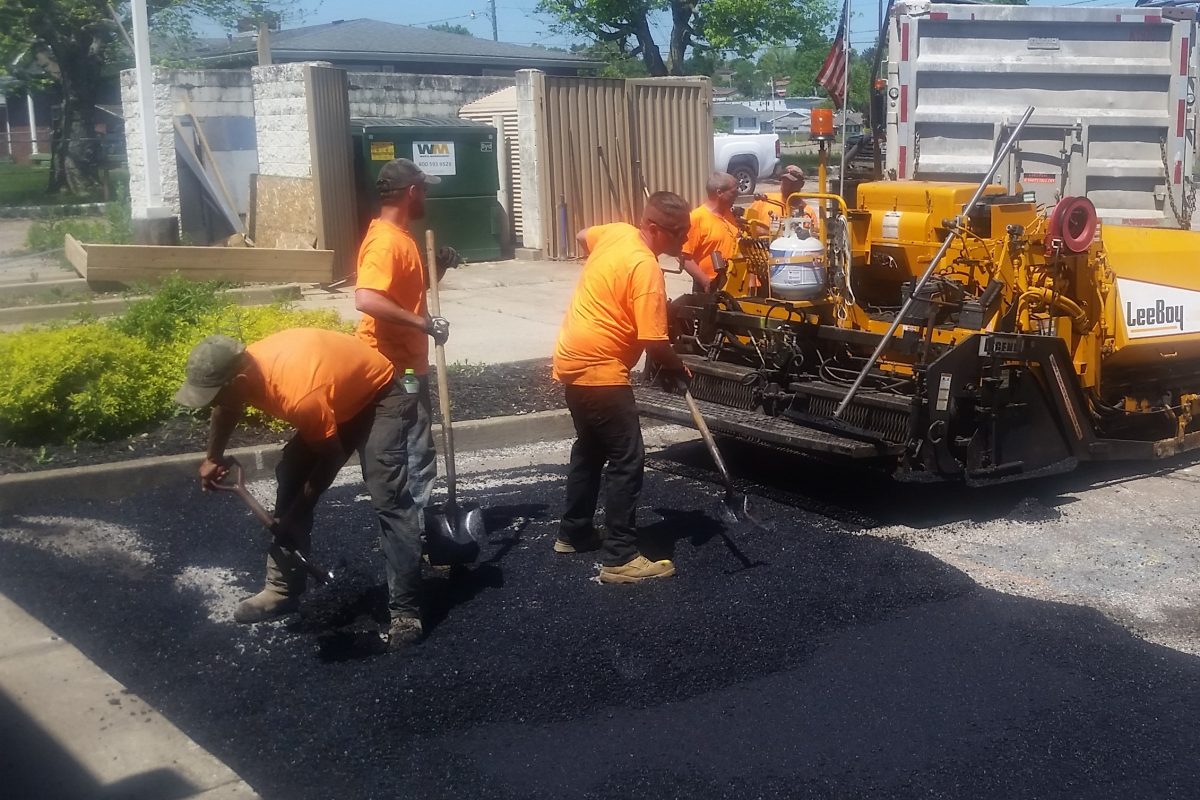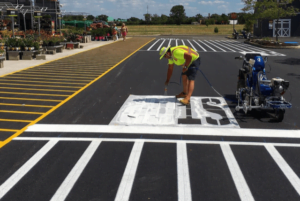Introduction
Asphalt parking lots are prone to developing potholes over time due to various factors such as heavy traffic, weather conditions, and aging. Potholes not only pose a safety hazard but also diminish the overall appearance of the parking lot. Therefore, it is essential to address pothole repair promptly to ensure the longevity and functionality of the parking lot. This article will discuss important considerations to keep in mind when performing pothole repair in an asphalt parking lot.
1. Assess the Extent of Damage
Before starting any pothole repair work, it is crucial to assess the extent of the damage. Determine the size and depth of the potholes to understand the scope of the repair required. This assessment will help you plan the necessary materials, equipment, and manpower needed for the job.
2. Safety Precautions
Prioritize safety when performing pothole repair in an asphalt parking lot. Ensure that the area is properly marked off and that there are clear signs alerting drivers and pedestrians to the ongoing repair work. Additionally, provide proper safety equipment, such as reflective vests and hard hats, to all workers involved in the repair process.
3. Prepare the Surface
To ensure a successful pothole repair, it is essential to properly prepare the surface. Clean the pothole area by removing any loose debris, dirt, or vegetation. Use a broom or air blower to clear the area thoroughly. This step will help the repair material adhere better to the existing asphalt surface.
4. Choose the Right Repair Material
Selecting the appropriate repair material is crucial for long-lasting and effective pothole repair. There are various options available, including cold mix asphalt, hot mix asphalt, and asphalt emulsion mixes. Consider factors such as the climate, traffic volume, and budget when choosing the right repair material for your asphalt parking lot.
5. Apply the Repair Material
Follow the manufacturer’s instructions when applying the chosen repair material. Ensure that the repair material is evenly distributed and compacted within the pothole. Use a tamper or a vibrating plate compactor to achieve proper compaction, ensuring a firm and durable repair.
6. Allow Sufficient Curing Time
After applying the repair material, allow sufficient curing time before reopening the repaired area to traffic. Curing time may vary depending on the type of repair material used and the weather conditions. It is important to follow the manufacturer’s recommendations to ensure proper curing and longevity of the repair.
7. Regular Maintenance
Performing regular maintenance on your asphalt parking lot is essential to prevent the formation of new potholes and extend its lifespan. Implement a routine inspection schedule to identify any potential issues and address them promptly. Regularly sealcoat the parking lot surface to protect it from the damaging effects of UV rays, water, and other elements.
Conclusion
Pothole repair in an asphalt parking lot is a necessary task to maintain the safety and functionality of the area. By assessing the extent of damage, prioritizing safety, preparing the surface, choosing the right repair material, applying it correctly, allowing sufficient curing time, and performing regular maintenance, you can effectively address potholes and ensure the longevity of your asphalt parking lot. Remember to consult with professionals if you are unsure about any aspect of the repair process.






